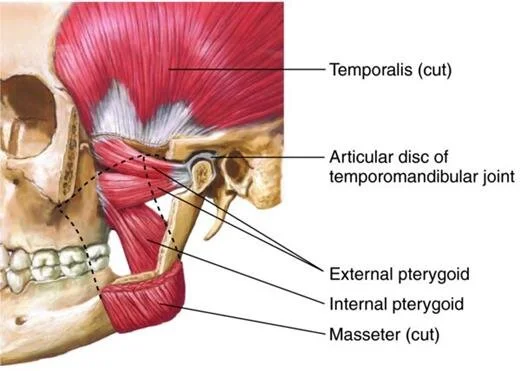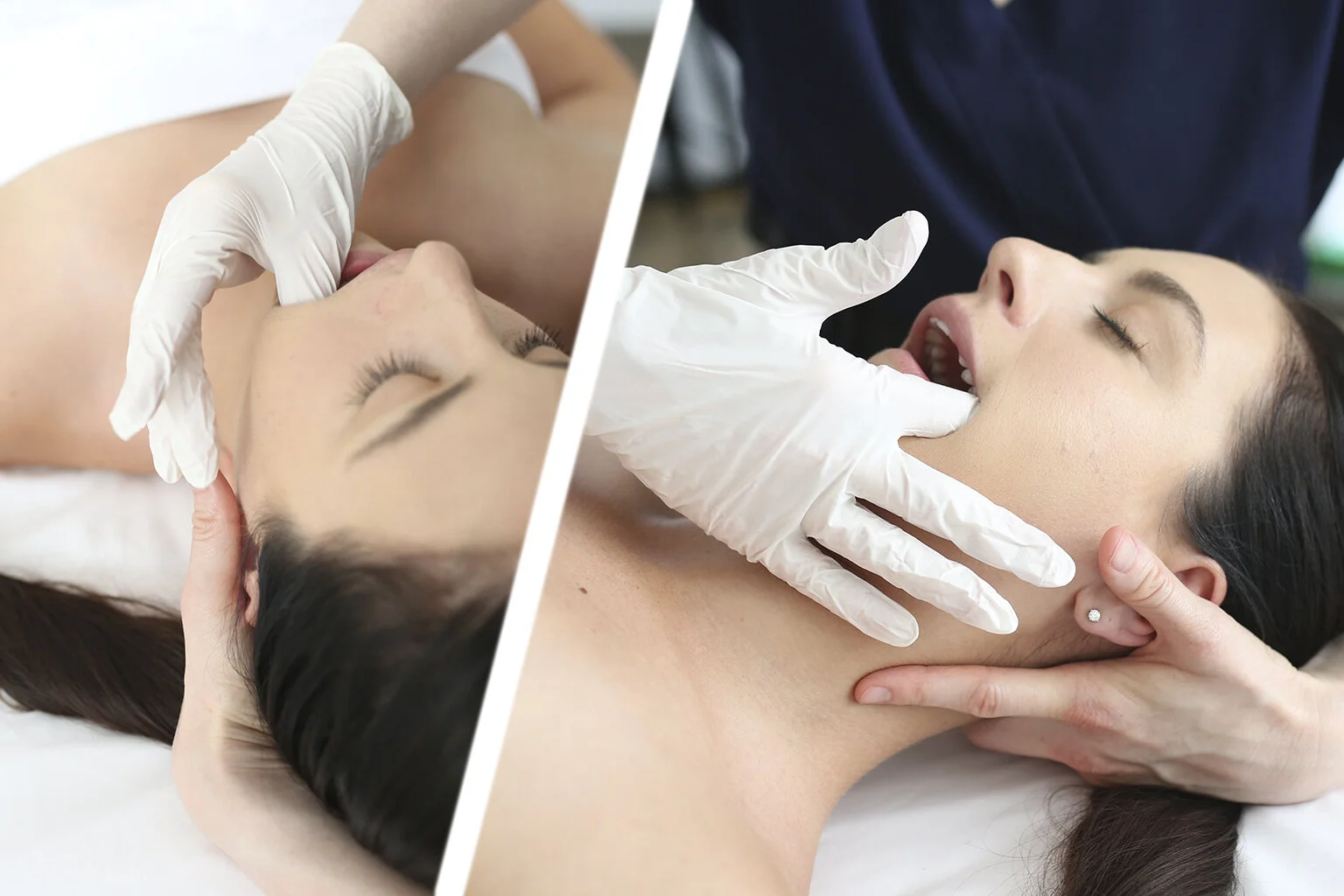Massage Therapy and Temporomandibulur Joint (TMJ) Pain
WHAT IS IT?
Temporomandibulur joint pain (TMJ), temporomandibular disorder (TMD), or lockjaw. They all fall under the same umbrella when you experience teeth clenching, teeth grinding (particularly at night), and jaw popping and clicking when open and closing your mouth. Some following symptoms can be tinnitus, headaches, weakness or pain when chewing or yawning, and an uncomfortable bite. When there’s an acute inflammation you may experience swelling on either side of the face or the jaw joint, and pain in the jaw joint, around the ears, the neck, and/or the shoulders.
WHAT DOES MASSAGE THERAPY HAVE TO DO WITH IT?
I’ve said it once and I’ll say it again. Bones and joints are dumb. They cannot move on their own. In order for them to move us, we need our muscles. Who can work and manipulate muscles? A Massage Therapists can!
WHO IS RESPONSIBLE FOR THIS?
I can’t tell you why your muscles decided to pull a number on you. Personally, my TMJ came about from stress and anxiety. I’m a jaw clencher in the day and teeth grinder at night. Before my stress and anxiety, I was the gal that drooled on her pillow in a peaceful slumber.
What I CAN tell you are the potential soft tissue culprits: The masseter, temporalis, medial pterygoid, and lateral pterygoid. And if you have trigger points in the upper trapezius and/or sternocleidomastoid, they will give you the illusion that your pain is located in the jaw, neck, and brow area, also known as referred pain.
WHAT DOES MASSAGE THERAPY FOR TMJ LOOK LIKE?
When solely addressing TMJ, the massage therapist would work exclusively on your head, jaw, neck, and upper back. Because the lateral pterygoid is tucked away under other muscles, it’s easiest to access it through the mouth (the massage therapist would wear gloves). Usually the therapist spends several minutes simply pressing the pad of their pointer or thumb finger on this muscle until it releases. The medial pterygoid is located directly under the corner of the jaw. The best way to access this is hooking the pads of the fingers under the jaw and apply pressure. The sternocleidomastoid originates at your sternum and clavicle and attaches to the base of the skull. The massage therapist gently lifts and stretches this muscle away from the midline. The masseter, temporalis, and upper trapezius are easily accessible and will be addressed with deep tissue work.
REMEMBER; discomfort and tenderness is fine and to be expected, but NEVER allow it to be agonizing or painful. This can be more detrimental than beneficial. It is your right (and frankly, your responsibility) to communicate your boundaries or stop the session if it gets to be too much.
CAN I DO IT MYSELF?
Of course! If you need relief now or cannot afford a session, it’s worth trying to give yourself some TLC. Something is better than nothing. Here’s Bob & Brad, two goof-balls that have hit the nail on the head time and time again.


